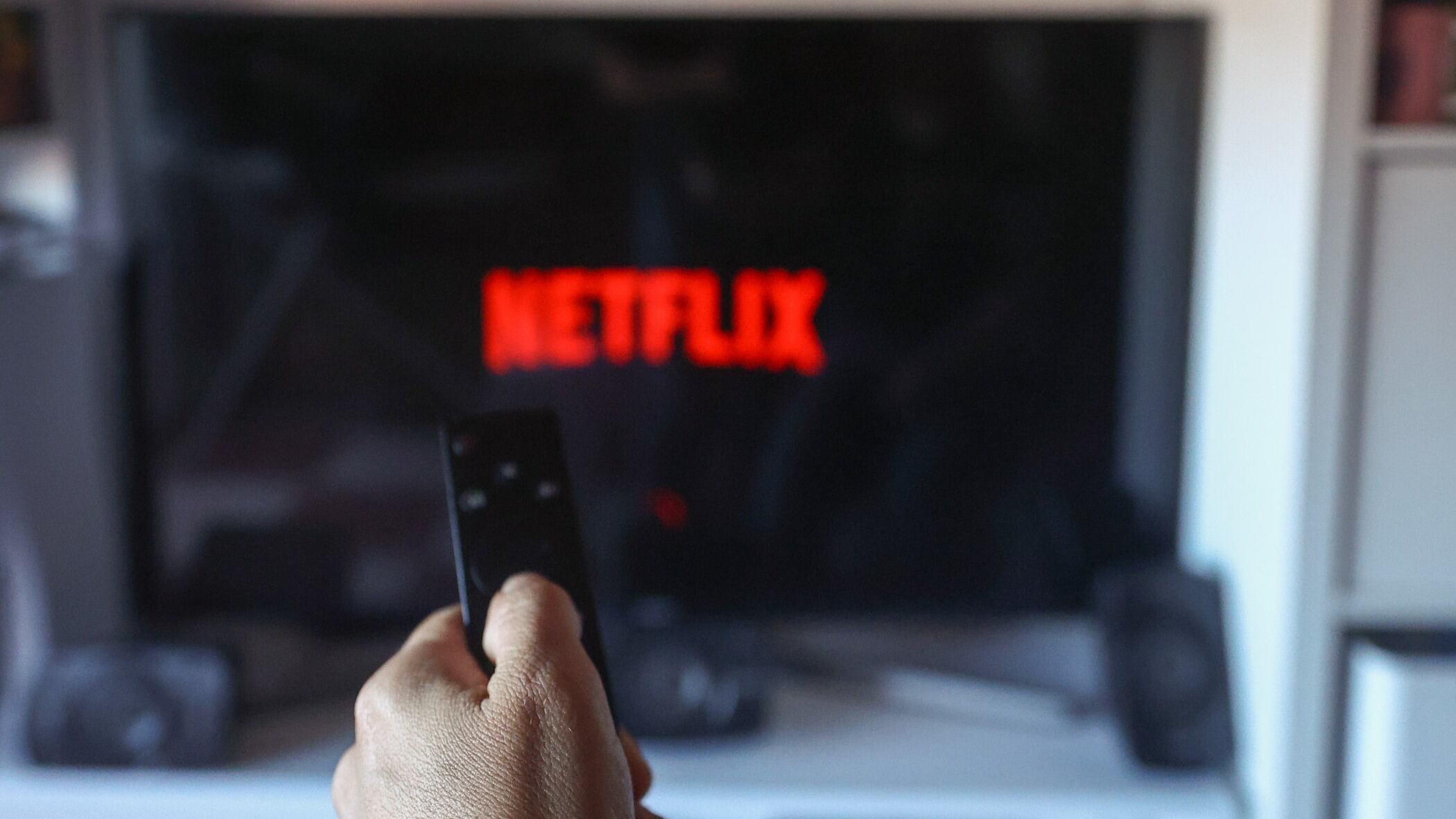Netflix registered its third-consecutive quarter of accelerating subscriber growth in the final three months of 2023, closing out a comeback year that included a crackdown on viewers freeloading on the video-streaming service and a smattering of price hikes.
The fourth-quarter results announced Tuesday provided further evidence that Netflix was able to come up with a formula that produced a spike in subscribers even as it became more expensive to watch its lineup of TV shows and movies.
Netflix signaled it will try to justify the higher subscription prices — and perhaps reel in more advertisers to a low-cost plan that includes commercials — with a $5 billion deal announced Tuesday that will bring the popular wrestling program, WWE's “Raw,” to its service.
That weekly show, set to move to Netflix next year, will supplement a smorgasbord of TV shows that include the likes of the Emmy-award winning black comedy “Beef” and the Oscar-nominated film, “Maestro.”
Drawing cards like that helped the Los Gatos, California, company add 13.1 million worldwide subscribers during the October-December period, well above analyst projections, according to FactSet Research. The holiday season gains — the biggest Netflix has ever posted in the fourth quarter — exceeded the 8.8 million additional subscribers that Netflix posted in the July-September period, which in turn jumped above the numbers recorded in the quarter starting the year.
The rising tide of customers left Netflix with more than 260 million global subscribers at the end of 2023 — an annual increase of nearly 30 million subscribers. Last year’s performance was a stark contrast to 2022’s increase of 8.9 million subscribers — a lackluster showing that raised questions whether the video-streaming pioneer was losing steam amid stiffening competition for viewers.
But Netflix managed to bounce back, primarily through the rollout of a low-priced streaming plan that injected commercials into its service for the first time, combined with an effort to block viewers who had been accessing the service for free by using the passwords of paying customers.
At the same time, Netflix tightened its programming budget while also increasing the price of its top-tier streaming plan by 10% to help appease investors seeking higher profits. That paid off in the latest quarter, which saw Netflix earn $937.8 million, or $2.11 per share, up from net income of $55.3 million, or 12 cents per share, the same time in the previous year. Revenue climbed 13% from the prior year to $8.83 billion.
The revenue exceeded analysts' forecasts, while earnings per share missed analyst targets, partly because of a $239 million charge tied to its foreign debt.
Netflix’s strategy has been a hit with Wall Street, reflected in a 65% increase in its stock price last year while shares of other media giants such as Walt Disney Co. and Warner Bros. Discovery have struggled to prove they can make money from their video-streaming services. The company's shares rose more than 8% in Tuesday's extended trading after its fourth-quarter numbers came out.
Netflix “is ahead of peers with new revenue streams, and no one can compete with its technology platform, programming, and global distribution,” CFRA Research analyst Kenneth Leon wrote in a recent assessment of the streaming and cable-TV landscape.
The challenge facing Netflix now is coming up with ways to sustain last year’s momentum, with the “Raw” deal making it seem like live programming is now being eyed by the company as fertile ground.
“If we continue to execute well and drive continuous improvement — with a better slate, easier discovery, and more fandom — while establishing ourselves in new areas like advertising and games, we believe we have a lot more room to grow,” Netflix management wrote in a Tuesday letter to shareholders accompanying its fourth-quarter review.
In a conference call with analysts, Netflix co-CEO Greg Peters predicted it will be several years before ad sales bring in significant revenue. But the company is still benefiting from the $7-per-month price for the plan with commercials, with that option now accounting for about 40% of its new subscribers in the markets where it's available.
Peters told analysts that Netflix remains confident that it can still convince more viewers now using the passwords of paying customers to ante up for their own plans. “That (crackdown) will improve our growth for years,” Peter said.
Analysts have also been anticipating the company will amplify a push into video games that Netflix embarked upon in 2021 during the throes of the pandemic.
While emphasizing the video game segment remains relatively small, Netflix says it's starting to see more subscribers spending more time on its service engaged in that pastime instead of watching TV series and films.









